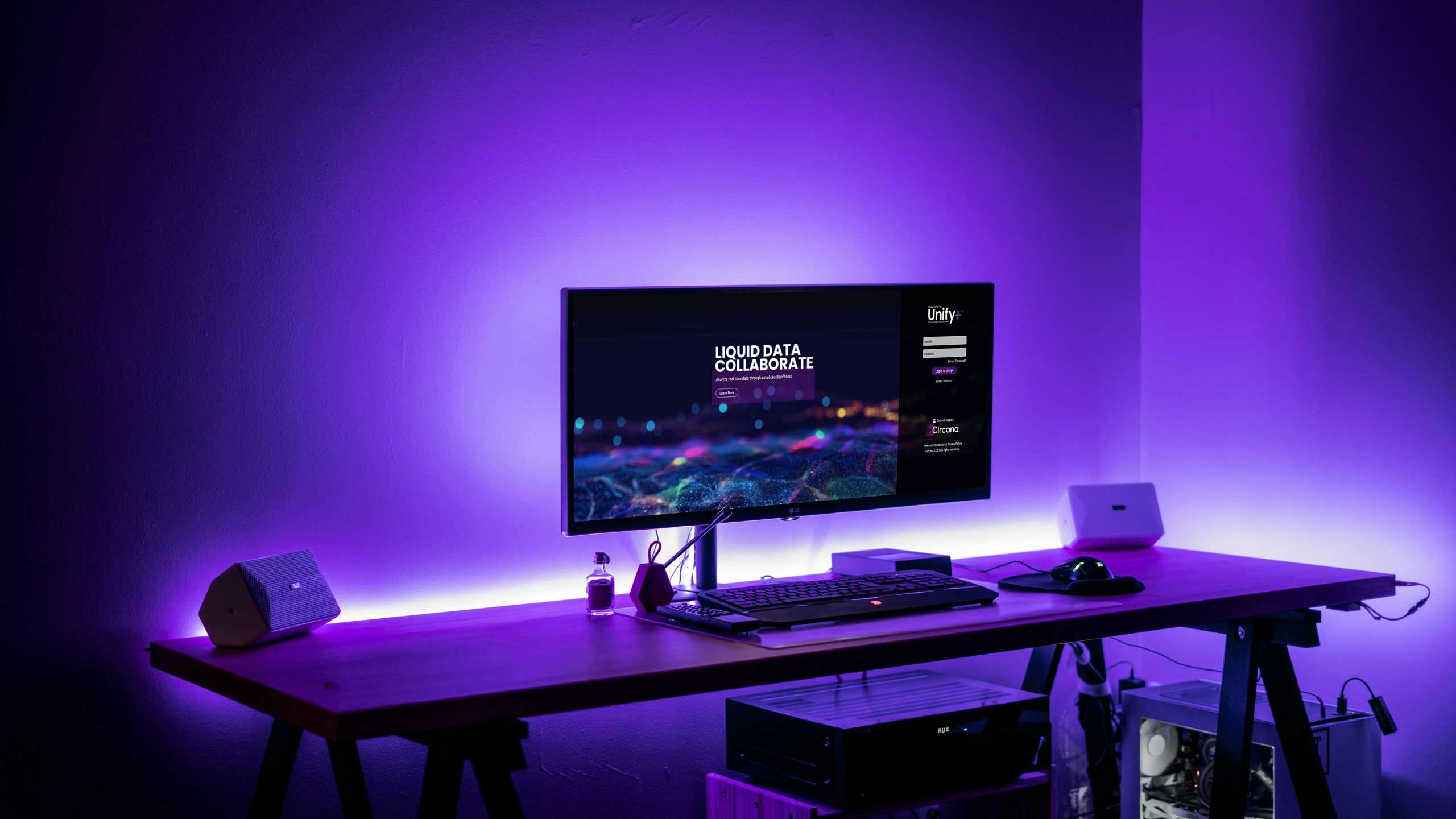- Circana
- 22 hours ago
- 3 min read

If the GLP-1 story over the past couple of years was the strong interest among consumers seeking to lose weight and manage their health and well-being, the latest insights from Circana reveal that the greater availability of GLP-1s has ushered in notable changes in diets, lifestyles, and spending. As more people turn to GLP-1s in various forms to look and feel better, shifting behaviors are leading to ripple effects across many categories that point to a more complete story.
Circana's latest research underscores the game-changing underscores the game-changing nature of GLP-1s that include pharmaceutical medications such as GLP-agonists and sodium-glucose cotransporter-2 (SGLT2) inhibitors; dietary supplements supporting blood sugar control and weight management; and foods and beverages that naturally increase GLP-1 levels, like eggs, nuts, healthy oils, and whole grains. Here are six eye-opening highlights from Circana’s report:
Household penetration is widening
Nearly a quarter (23%) of U.S. households are now using GLP-1s.* New patient prescriptions for GLP-1 medications increased by 2.9 million from September 2024 to September 2025, a 16% lift. Although there is no “typical” user, GLP-1 patients are more likely to be in the Gen X age demographic and come from households with incomes over $100,000.
Usage could be temporary or cyclical
The typical duration of GLP-1 medication intake is six to 12 months, and fewer than half (48.2%) of current weight-loss users have been on the drug for an entire year. Circana’s data also shows that 50% of previous users are likely to use these drugs in the future. Cost is the biggest reason that people stop taking the medicines, whether they buy them from pharmacies or direct-to-consumer sites or procure variations through weight loss programs, med spas, or estheticians.
Post-usage boomerangs are real

What happens when consumers stop taking their GLP-1 medications? Circana’s data indicates some reversed behaviors after people return to “regular” lifestyles, with consumers going back to categories such as beverages, refrigerated and frozen foods, disposable housewares, and tobacco. That said, shoppers who are off their prescriptions continue drive growth in produce, personal care items, and household plastics/storage products.
GLP-1 consumers’ carts are changing, not necessarily shrinking
Our latest research reveals that GLP-1 weight-loss users may cut back on food and beverage purchases at retail, but they still outspend non-users. Notably, their buying habits are shifting across categories.
Oral care, for example, is important to prevent gum disease for GLP-1 users. Self-care categories, including skincare, fragrance, makeup, and beauty products, are experiencing upticks fueled by GLP-1 users who are proud of their progress and also invest in categories like wearables, portable audio, and cameras that showcase their changing looks. Meanwhile, as this segment of the population focuses on themselves, Circana uncovered a decline in many pet segments outside of pet food.
Certain retail channels resonate with GLP-1 users
During the first year of active GLP-1 usage, consumer spending tended to shift away from mass and dollar channels to more club stores and e-commerce retailers. Convenience stores have also had an opportunity to engage with buyers embracing the lifestyle, as that channel is heavily focused on single-serve, on-the-go and portion-controlled offerings.
Away-from-home dining is also affected by changing appetites
Circana looked at foodservice trends related to GLP-1s and found that casual dining has experienced the largest increase among weight-loss users. Some foodservice operators are experimenting with GLP-1 menus and finding success; for example, females under age 44 drove recent growth in GLP-1 options offered by the Smoothie King chain.

The growing segment of the U.S. population using GLP-1s are keenly aware of how these offerings have affected their lives. Circana’s insights confirm that attitudes and behaviors align on many fronts. For instance, consumers who previously said that they are planning to invest in clothing are indeed buying more apparel after their first year on GLP-1s.
With consumers more in tune with their health than ever before in a broader way, we expect that those using GLP-1s for weight loss or to manage a particular health condition such as diabetes will continue to change the retail and foodservice landscape. Based on our recent findings, Circana updated its projections about future influence of these medications; we predict that 35% of food and beverage units and 37% of nonfood units will be sourced from GLP-1 households by 2030, if today’s trends hold.
To learn more about GLP-1 trends, including the market for new oral and generic medications, and how to engage with GLP-1 households, click the link to watch the webinar, co-hosted by Sally Lyons-Wyatt and Daniel Joyner.
* Circana’s estimate of GLP-1 household incidence may seem high, but household incidences increase nearly twice as fast as individual usage rates. Our estimate of 23% households using GLP-1 annually correlates to an underlying individual usage rate of ~10-14%, which is aligned with estimates we see from other independent sources. This is our best estimate at this time based on our own survey data along with other third-party reporting.






























